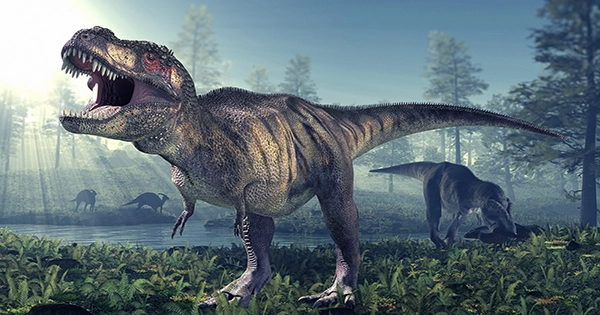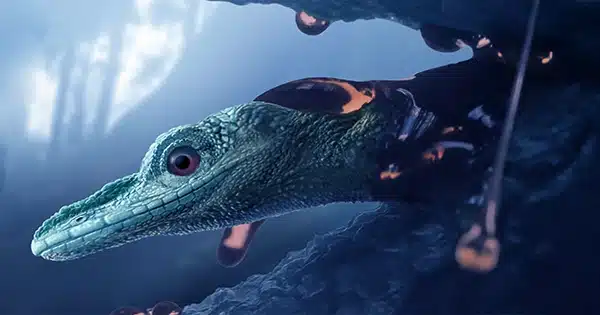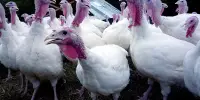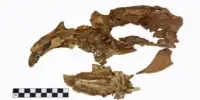When they were buried in volcanic ash 125 million years ago, a badger-like creature was digging its teeth into the ribcage of a dinosaur three times its size, catching the pair in a lethal embrace.
According to scientists, the combat scene preserved in a fossil uncovered in China reveals that small mammals preyed on the dinosaurs that controlled Earth during the Cretaceous period more than previously imagined.
Jordan Mallon, a paleontologist at the Canadian Museum of Nature, told AFP that “my eyes popped out of my head” when he first saw the fossil.
Mallon, a co-author of a recent study headed by Chinese academics, believes the fossil is the first to demonstrate a mammal and dinosaur attacking each other.
Mammals were traditionally thought to be far too small to hunt on the dinosaurs that ruled the globe for tens of millions of years.

However, the fossil depicts a badger-sized Repenomamus robustus resting on top of a plant-eating dinosaur called Psittacosaurus lujiatunensis, which measured 120 centimeters (47 inches) tall and had a parrot-like beak.
The mammal is burying its strong teeth into the dinosaur’s ribcage and grabbing onto its leg, despite being one of the largest of its time.
‘Feisty mammals’
The way the two are interwoven indicates that the animal was not scavenging on a dead dinosaur, according to Mallon.
“The dinosaur has collapsed down and trapped the mammal’s hind limb in the fold of its knee,” he stated, signaling an attack.
In addition, the dinosaur has no bite marks, which mammals frequently leave on scavenged bodies.
While it is unusual for mammals to prey on creatures substantially larger than themselves, Mallon cited one example of wolverines pursuing far-larger caribou.
The fossil could not identify whether Repenomamus hunted alone or in a pack, he said, adding that either was feasible.
In 2012, the nearly intact bones were discovered in China’s northeastern Liaoning province.
They were discovered at a location dubbed “Chinese Pompeii” because of the large number of dinosaurs and other creatures discovered preserved by volcanic material there, similar to the ancient Roman city.
The first evidence that mammals ate dinosaurs was discovered in 2005 at a Chinese site. It depicted a baby Psittacosaurus within a Repenomamus’ stomach.
However, the new fossil is the first proof that “there were at least some feisty mammals around during the Cretaceous… capable of taking down an adult dinosaur,” according to Mallon.
The “once-in-a-lifetime” fossil is on display in a museum attached to a primary school in Weihai, China, he noted.
















